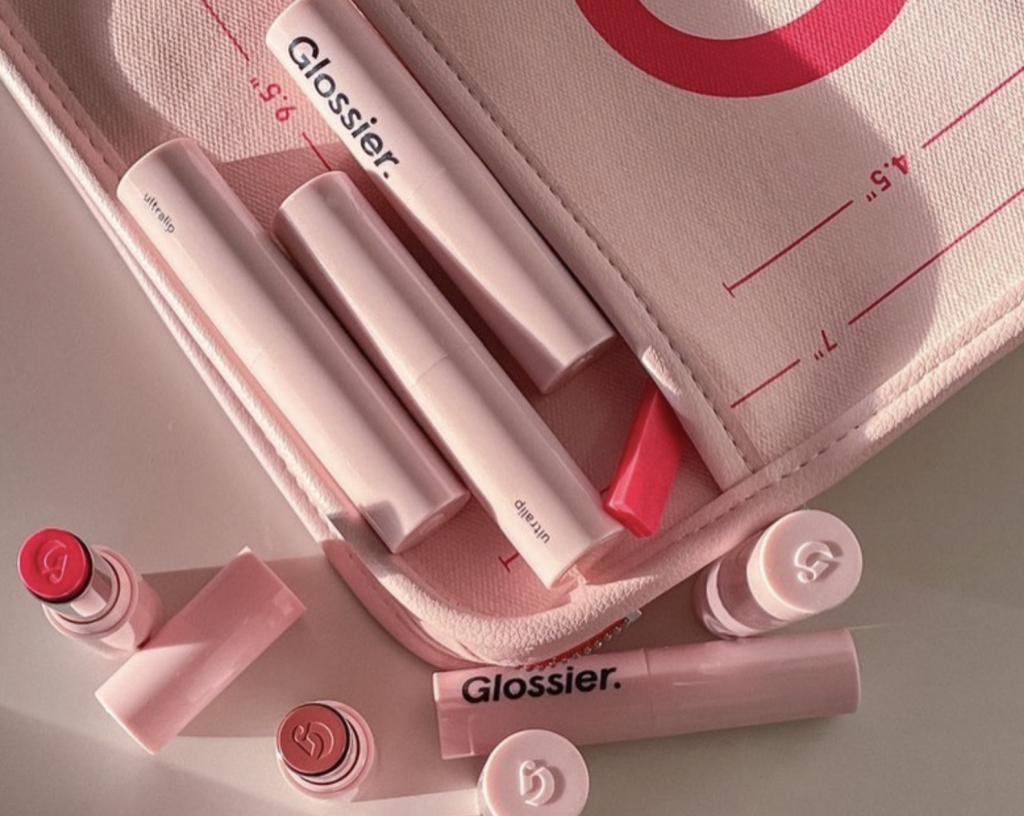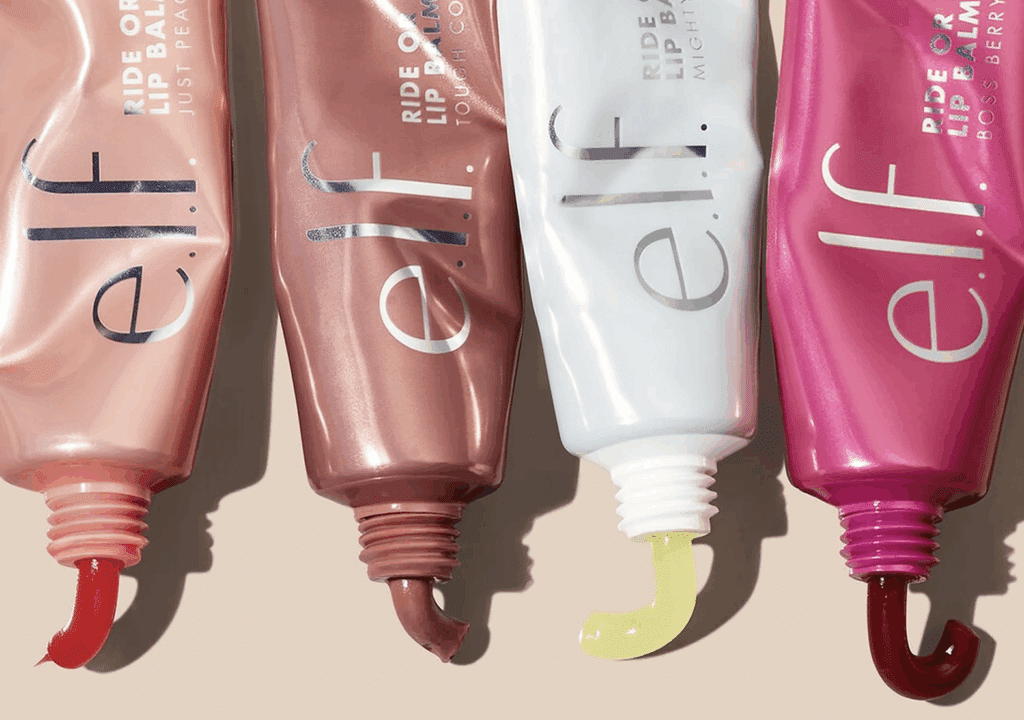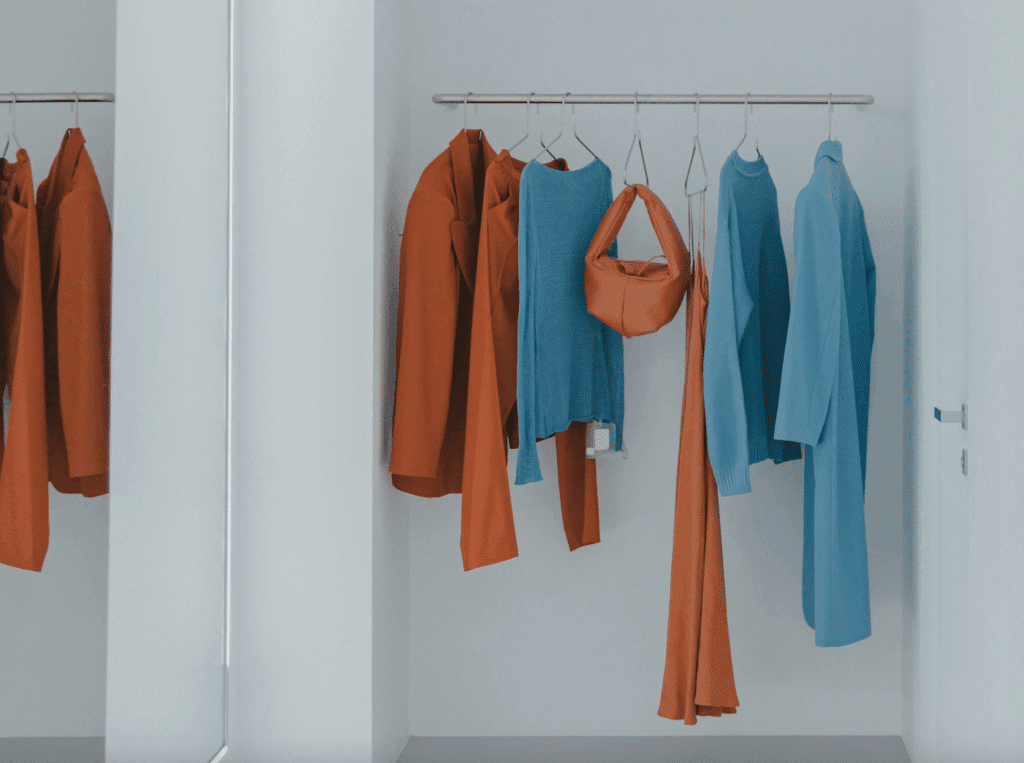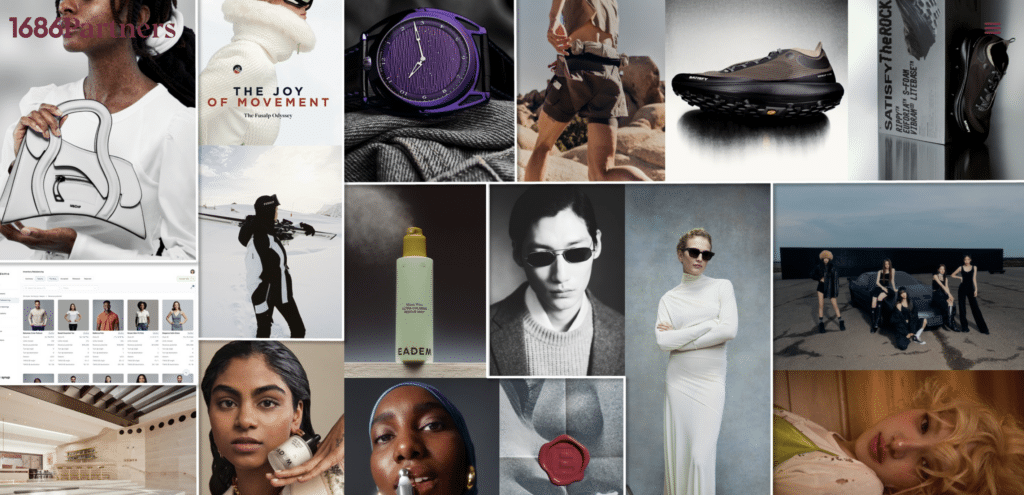One of the questions that has been looming since the COVID-19 pandemic prompted the temporary shut-down of countless brick-and-mortar outposts, and brands rushed to cater to consumers by way of e-commerce operations is what retail will look like once lockdown rules fade and consumers are able to freely shop in brick-and-mortar stores again. To date, the overarching consensus has been that if brands want to tempt consumers back into their physical outposts (and most do, given that in-store purchases lead to fewer returns and more impulse buying), they will have to do things differently than they did pre-pandemic.
With COVID vaccination roll-outs underway and mask mandates swiftly disappearing, recent reports from retailers like Walmart and Macy’s indicate that many people are, in fact, itching to get back into stores. Yet, at the same time, Harvard Business Review states that consumers “are currently visiting brick-and-mortar stores less than before the pandemic, and 43 percent shop more often online for products they would have previously bought in stores.”
Aside from the fact that shoppers are accustomed to the new, ultra-convenient and contactless retail world, one where they can acquire everything from groceries to Gucci bags online, and are more comfortable than ever in doing so, the return to pre-pandemic foot-traffic levels is also far off, as tourism remains low and many cities are not back at full resident capacity. (In its Q2 2020 report, The RealReal, for one, revealed that it was impacted by the mass-exoduses that have been underway in cities across the U.S.; the resale company reported that consignment “supply units” dropped the most in New York City, which “remained a significant headwind throughout Q2 as many New York consignors temporarily left the city.”)
Assuming brands can get consumers back in stores, it will take increased effort to keep them happy, particularly when it comes to discretionary purchases. As the AP’s Anne D’Innocenzio recently noted, experts anticipate that post-pandemic shoppers “will be even more demanding: after being forced to stay close to home, they are looking for better services and experiences.” As a result, brands “will need to reinvent the in-store experience to ensure that customers see value in visiting brick-and-mortar stores again,” EY’s Global Delivery Services Lead Sukesh Choubey says.
Brands are beginning to provide some examples of how this is being done. Tiffany & Co., for instance, now under the umbrella of luxury behemoth LVMH Moet Hennessey Louis Vuitton, recently debuted a pop-up shop in Beverly Hills, which saw it tempt consumers with yellow diamonds and some buzzy marketing efforts, namely, a parlaying of its viral April Fool’s Day “Tiffany Yellow” social media stunt into a real-world experience. In addition to offering up jewelry for purchase, the fabled jewelry company equipped its Rodeo Drive outpost with plenty of Instagram-worthy elements, such as a temporarily yellow-washed interior and exterior, an exhibit of stunning yellow diamonds, and a photo booth.
Fellow LVMH-owned brand Dior has 18 “Dioriviera” activations planned, starting with the Rosewood Miramar Beach in Santa Barbara, which will serve as the home of a summer-long Dior pop-up experience. The French fashion house’s chairman and CEO Pietro Beccari told WWD that the impending pop-ups are all “designed to surprise, offering our customers a unique encounter specific to this ephemeral universe, and at the same time they reinterpret the house’s iconic codes,” noting that “both regular and new customers” are drawn to these brand ventures.
In the hyper-luxury vein, Hermès – which generated 100 percent or more in online sales gains in 2020, with 65 percent of its e-commerce sales coming from first-time Hermès shoppers – is relying on individualized attention to attract consumers to its brick-and-mortar stores. Bob Chavez, the president and CEO of the Americas for Hermès, recently said that the French luxury goods brand will offer one-on-one appointments between clients and sales associates even after all COVID restrictions have lifted, and that while there are technological innovations to be made in connection with its in-store operations, the 184-year-old brand is heavily focused on personalization, as opposed to simply boosting digitization the post-pandemic retail experience.
Meanwhile, in the beauty space, the likes of Sephora and Ulta announced late last year that they were planning their post-COVID retail strategies, with Sephora embarking on a venture that includes opening 850 shops in Kohl’s stores, and in the process, bringing more than 100 “carefully curated beauty brands” to the 65 million Kohl’s customers in the U.S. Around the same time, Ulta and Target revealed a partnership of their own, with the Minneapolis-headquartered big-box retailer announcing in November that Ulta would open makeup and skincare shops inside of “hundreds of” Target stores, with a roll out starting in the second half of 2021. Target CEO Brian Cornell and Ulta CEO Mary Dillon said at the time that “they see the strategic partnership as [one that] will catch customers’ attention,” with Target standing to gain “a unique traffic driver in a fast-growing merchandise category, while Ulta will gain visibility on [Target’s] store shelves and website, [which] has expanded its reach during the pandemic.”
And not to be outdone, if recent trademark applications are any indication, Glossier has plans to engage with consumers in the post-pandemic brick-and-mortar landscape after shutting its few flagship stores. On the heels of pivoting to digital during the pandemic and launching “Live Edit,” a virtual makeup consultation service, the buzzy beauty brand filed a handful of applications for registration with the U.S. Patent and Trademark Office for “Glossier Alley.” The proposed uses of the trademark, as cited in the applications that counsel for Glossier filed early this month? The “provision of food and drink, coffee shop, café, and restaurant services,” among other goods/services, such as “retail store services featuring cosmetics, [and] makeup,” “all-purpose carrying bags; clutches, shoulder bags, travel bags, [and] handbags;” and “apparel, clothing, footwear; hats; caps, scarves, [and] belts.”
Taken together, these in-store-centric initiatives come as the consumer experience is “rapidly evolving” from one that is largely built upon “the transactional process of in-store shopping to one that is rooted in deep, ongoing and enriching relationships” and experiences, according to EY’s Americas Consumer Industry Markets Leader Kathy Gramling, Americas Consumer Retail Leader Jeff Orschell, and EY-Parthenon Americas Managing Director Joshua Chernoff. Ultimately, while the individual endeavors, themselves, may differ – from retailers like Target bulking up their products offerings to entice consumers to luxury brands, such as Tiffany & Co. and Dior, relying heavily on pop-up shops for brick-and-mortar buzz – the swiftly changing post-pandemic retail landscape means that retailers “must be prepared to continue to develop stronger deeper relationships with their customers — both online and in person.”














